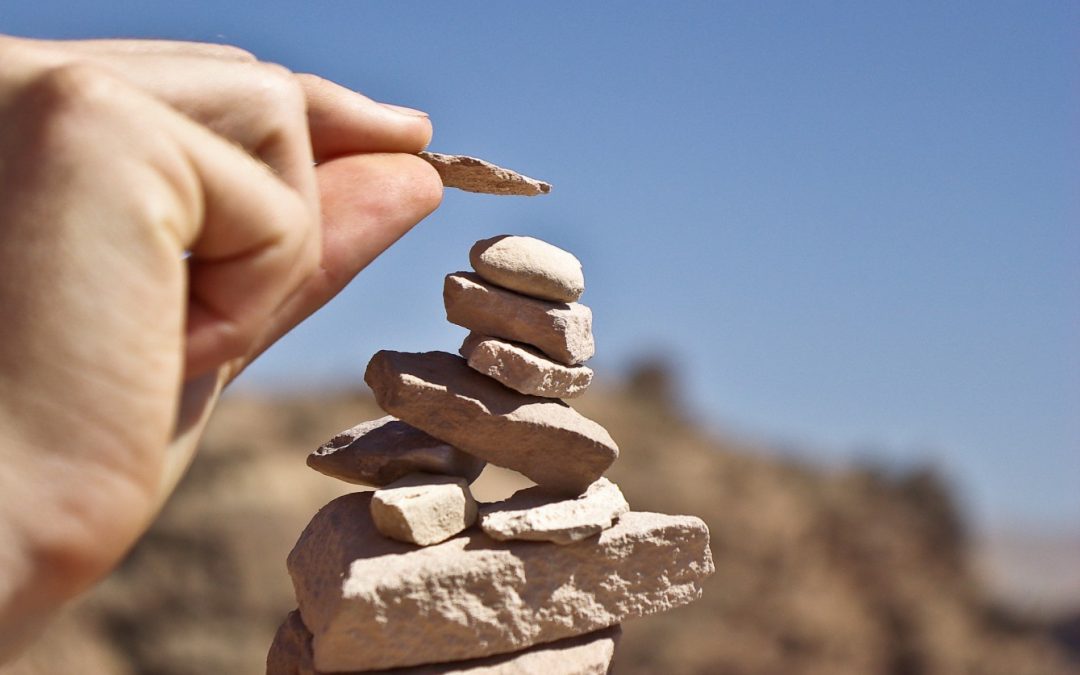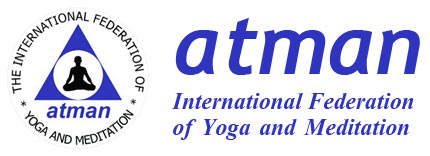
Kundalini is the energy that exists in a latent state in man at the base of the spinal column. When this force is “awakened”, it springs upwards (or downwards if the person is practising the headstand position ”Shirshasana”).

Meditation on the question “who am I?” is one of the methods that enables the yogi to reveal in themselves the reality of the Immortal Supreme Self Atman.

Karma yoga represents one of the four main classic forms of Yoga.Karma Yoga represents a starting point and is an essential part of the teachings of Bhagavad Gita, this serves as sufficient ground for its authenticity.

“The Karma yogi doesn’t need to believe in any doctrine. He may not even believe in God, he may not ask himself what is the soul and he may not be attracted by any metaphysical speculation at all” (Practical Yoga).

Swami Sivananda: “Many people believe that Karma Yoga is an inferior type of Yoga, but this is a great error.”

The theoretical grounds and techniques of action in Karma yoga are clearly stated by Kåñna in the Bhagavad Gita, with the only observation that the order in which these ideas are presented is not the most convenient for Western people.






